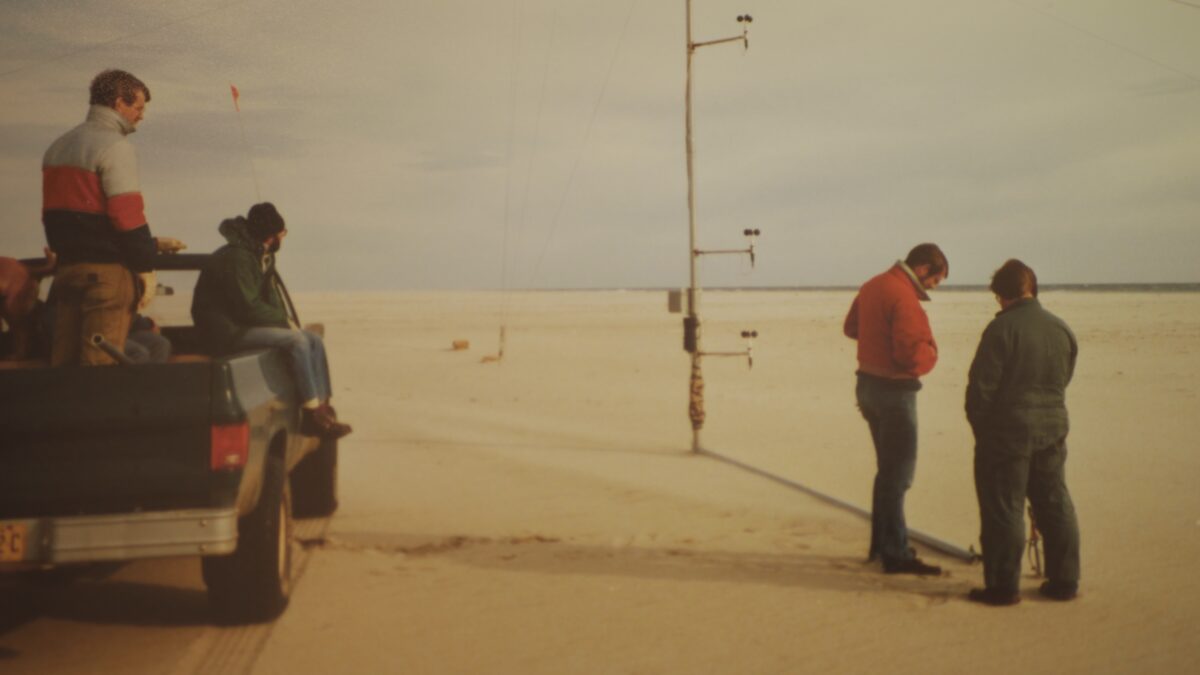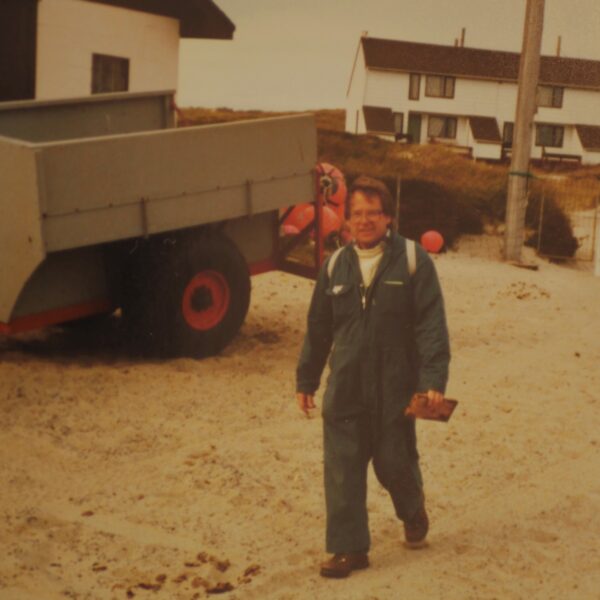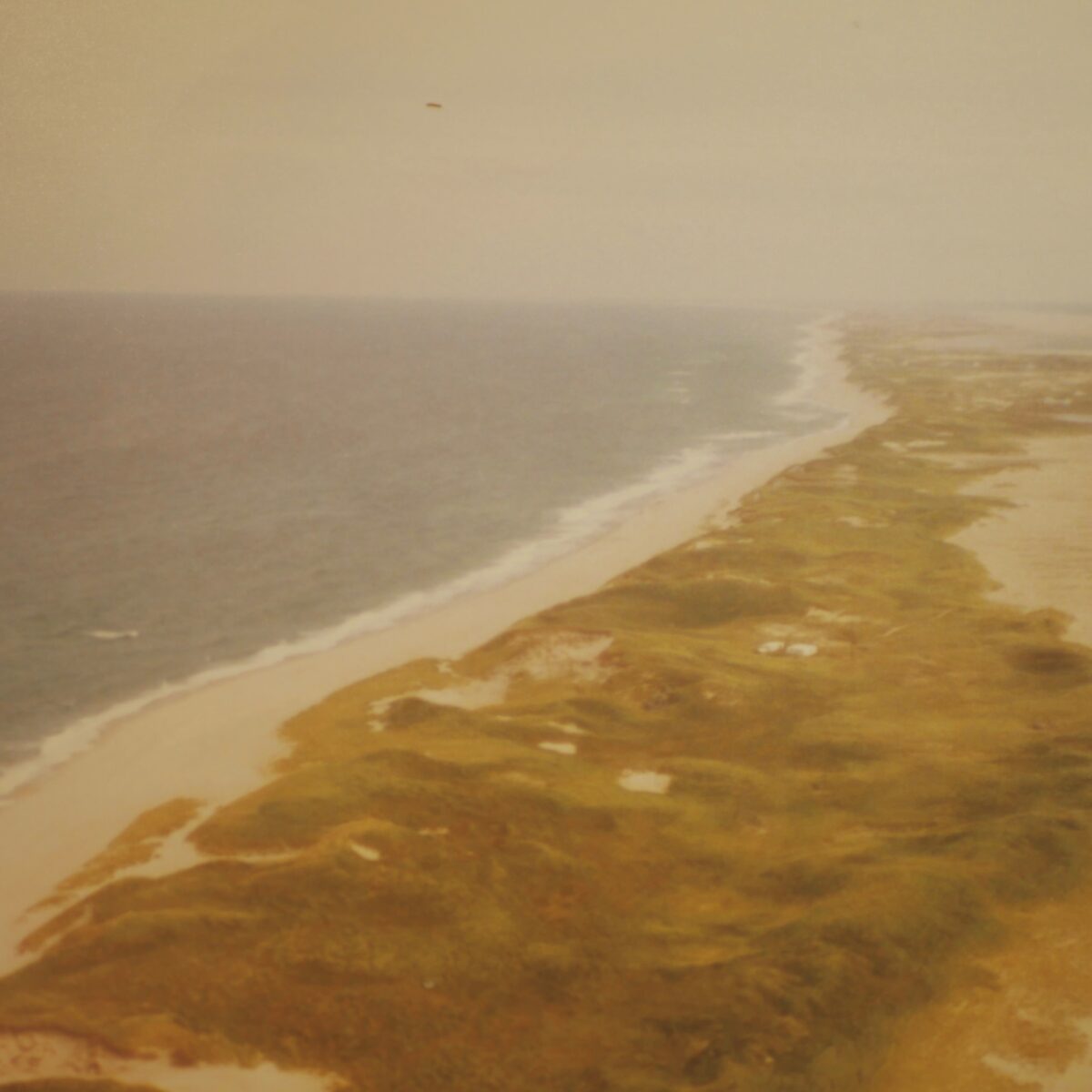Predicting Marine Fog on Sable Island with Professor Peter Taylor
Tags:

Predicting the weather can be a complicated science. In Atlantic Canada, this becomes even more difficult due to the presence of marine fog.
Due to unique interactions in the environment of this region, warm moist air from the Gulf Stream travels north over increasingly colder water leading to water vapour condensing to form fog. Some of these areas can be foggy up to 50% of the time and visibility can drop to less than a kilometre. Due to these conditions, travelling in these areas can become dangerous for both water and air crafts without knowing the precise quantity and density of fog in the area.
Professor Peter Taylor and his team from the Earth and Space Science and Engineering department in the Lassonde School of Engineering are monitoring this specific phenomenon and developing key algorithms to better predict when marine fog will occur. Areas in eastern Canada, such as the Grand Banks, offshore from Newfoundland, and Sable Island in Nova Scotia are particularly prone to high frequency of fog formation.



Over the past two years, Professor Taylor and his student, Zheqi Chen, have modified the Weather Research and Forecasting (WRF) model, the most prolific forecasting model in the atmospheric sciences, to better model fog formation. The WRF model is used throughout the U.S.A as the gold standard for weather forecasting as and due to its adaptability, it is broadly used in academic climatology studies worldwide. This work was recently published in Atmospheric Chemistry and Physics in an article titled Surface deposition of marine fog and its treatment in the Weather Research and Forecasting (WRF) model.
“The existing model does not fully account for surface deposition of the fog droplets,” said Professor Taylor. “These droplets will settle and eventually coalesce with the ocean.” Due to turbulent (or unsteady) airflow, combined with gravitational settling, marine fog droplets have an increased probability of coalescing with the water (or ocean) surface. While this fog forms from the naturally occurring water vapour above the ocean surface, the ocean also acts as a sink for fog droplets once they form.
While the WRF model has numerous modules to account for the large scale dynamics and various parameters ranging from cloud droplet thermodynamics to material transfer to the atmospheric boundary layer, Professor Taylor and his team have modified the code of the WRF model to account for the combination of turbulent airflow and gravitational settling that leads to fog droplets settling with water bodies. With this considered, Professor Taylor was able to observe that the model without his corrections overpredicts the quantity of fog present at any given location.

“The WRF model, in its base form, is extremely good at predicting where fog occurs but it tends to overpredict the amount of water that is in the air,” said Professor Taylor. “Our adjustments to the model can improve the accuracy so that maritime travellers would better know what weather to expect.”
A principal area of analysis in this study, Sable Island, is a Canadian heritage site and travel to it is only possible via air or sea. Professor Taylor’s improvements to our understanding of the quantity of fog could help ensure visitors to the island can experience it safely. In fact, the island used to be referred to as the “graveyard of the Atlantic” due to the high number of beached ships – this work will help ensure the safe navigation of future seacrafts in the area. Sable Island is also a crucial area to conduct research on the ocean due to its isolation from the mainland – Professor Taylor has previously conducted field studies there on storm monitoring as a part of the Canadian Atlantic Storms Program (CASP).
In his efforts to continuously improve the science of weather forecasting and prediction of significant weather events, Professor Taylor is now turning his eye towards the northern shore of Lake Superior where fog from the Great Lake can be a safety issue for drivers, and to modelling and forecasting land based radiation fog which can cause problems for airports and road traffic all over Canada.